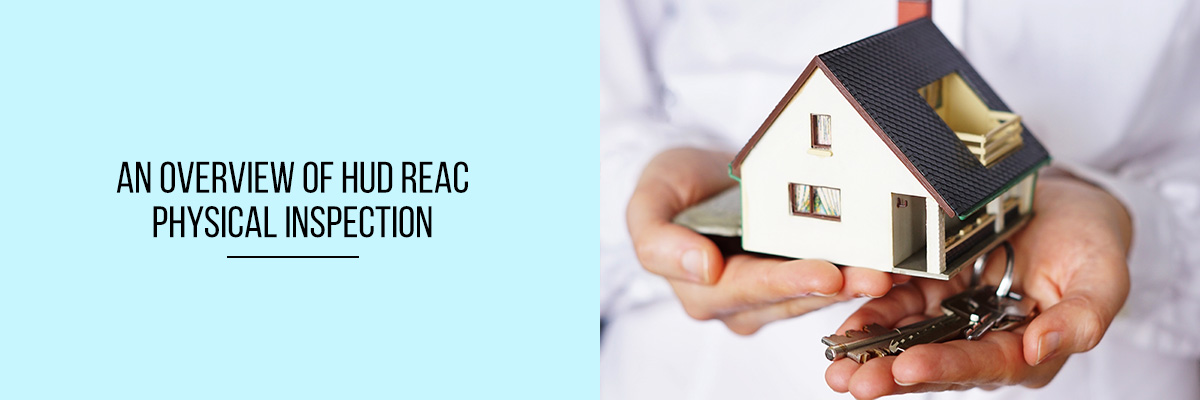The HUD REAC Physical Inspection is a visual inspection of the interior and exterior of the home, along with an examination of the home’s systems and components. This inspection is a primary source of information for evaluating the condition of the property, including the structure, systems, and components, and it is an important tool in helping assessors evaluate a home’s overall physical condition.



HUD REAC Physical Inspection
HUD’s REAC is responsible for assessing the physical condition of all HUD-held real estate. REAC is also responsible for providing useful information to owners, occupants, and the public. REAC does this in part by performing physical inspections of the property and data analysis. REAC uses its assessment data to determine when repairs should be made and to develop cost estimates for making those repairs.
The REAC Physical Inspection is not a complete assessment; it is a cursory inspection that is mainly used to determine the condition of the property. To perform the inspection, a REAC assessor completes a list of tasks to check the property’s overall condition.
Scoring Of HUD REAC
The property is divided into 5 different sections that are inspected by REAC. The sections are:
- Building Exteriors
- Site
- Building Systems
- Units
- Common Areas
Each section has a value that is determined by the REAC inspector’s network totaling 100 points.
Preparing For Hud REAC inspection
For the HUD REAC inspection, your property should be in tip-top shape. This means that it should be thoroughly cleaned, as well as having all items on the inspection list repaired. If the inspector finds a discrepancy, the property will need to be repaired before they will approve the home.
The Hud REAC inspection is a comprehensive evaluation of the physical condition of the property, as well as the property management’s procedures and policies. The inspector will typically arrive unannounced and will spend the first part of the visit interviewing the property manager and reviewing the management company’s records. They may also inquire about the history of the problems they find, such as repeated calls to the landlord about a broken air conditioning unit, which indicates potential or actual tenant complaints. The inspector will then spend the remainder of the visit conducting a thorough tour of the property, evaluating the condition of the building and its internal systems. They may also test the installations of fire alarms, carbon monoxide detectors, sprinkler systems, and heating and cooling equipment.
Final Words
For HUD REAC inspection, you must understand the requirements of the inspection. If you are new to the inspection process, a REAC inspection might be confusing and intimidating.
To know more about HUD-REAC physical inspections, attend the Compliance Prime webinar.


